
Baroque is an exquisite pearl of European culture: essence, developmental history, style features
Baroque is a style in painting, architecture, applied arts, and an important cultural-historical epoch that spanned the 17th to 18th centuries. The term "baroque," according to the main version, originates from the Portuguese word "barroco," which means a pearl of unusual, irregular shape. Such ornaments came into fashion in the 17th century. However, there are other hypotheses regarding the origin of the term.
 Baroque. Rembrandt. Danaë, 1636
Baroque. Rembrandt. Danaë, 1636
Baroque, as a term that emerged among critics in the second half of the 18th century, initially had a negative connotation and meant something strange and absurd, unnatural and deformed. In general, it referred to a kind of tastelessness that did not correspond to clear and distinct classical canons. This usage persisted until the end of the 19th century when the infusion of powerful symbolism into art prompted art historians to reevaluate their attitude towards the baroque aesthetic.
 Baroque. Peter Paul Rubens. The Rape of the Daughters of Leucippus, 1617-1618
Baroque. Peter Paul Rubens. The Rape of the Daughters of Leucippus, 1617-1618
Characteristics of Baroque
Baroque truly stands out with its ornate and grandiose features, decorative intricacies, often accompanied by opulence and luxury. However, it would be incorrect to reduce the aesthetics of Baroque solely to its external form. After the tumultuous 16th century with its existential crises that shattered Renaissance ideals, the human worldview changed. People no longer felt like the center of the Universe but, as Pascal put it, felt "between everything and nothing," trying to grasp the essence of things and the laws of the cosmos but unable to understand "neither the beginning nor the end." The Reformation shook religious norms, the Counter-Reformation instilled fear, and Copernican theory dismantled the old comprehensible cosmos, revealing a new one where Earth, no longer at the center of the world, became a tiny speck. The universe became vast and incomprehensible, a realm dominated by mighty forces.
 Baroque. Rembrandt. Christ in the Storm on the Sea of Galilee, 1633
Baroque. Rembrandt. Christ in the Storm on the Sea of Galilee, 1633
What were the consequences of all this, reflected in the artistic language of painters?
The Renaissance clarity of forms, based on the idea of a harmonious and anthropocentric world, became irrelevant. And as a side effect, simplicity was abandoned: naturalness not only fell out of fashion but also became associated with ignorance, primitiveness, and savagery. Hence the extravagance, boldness of forms.
 Baroque. Giovanni Battista Tiepolo. The mural of the Würzburg Residence, 1750-1753
Baroque. Giovanni Battista Tiepolo. The mural of the Würzburg Residence, 1750-1753
The triumph of Catholicism during the Counter-Reformation era and subsequently the establishment of absolutism in Europe contributed to the intensification of opulence, luxury, and solemnity in art.
Baroque. Peter Paul Rubens. Madonna della Valichella, 1608
By the way, Baroque is a phenomenon mainly characteristic of Catholic countries. It is foreign to stern Protestantism. Hence the distinctiveness of Dutch Baroque, which is stricter and seeks realism. The differences in painting between Flanders and Holland vividly demonstrate the result of the division of the country into Catholic and Protestant factions.
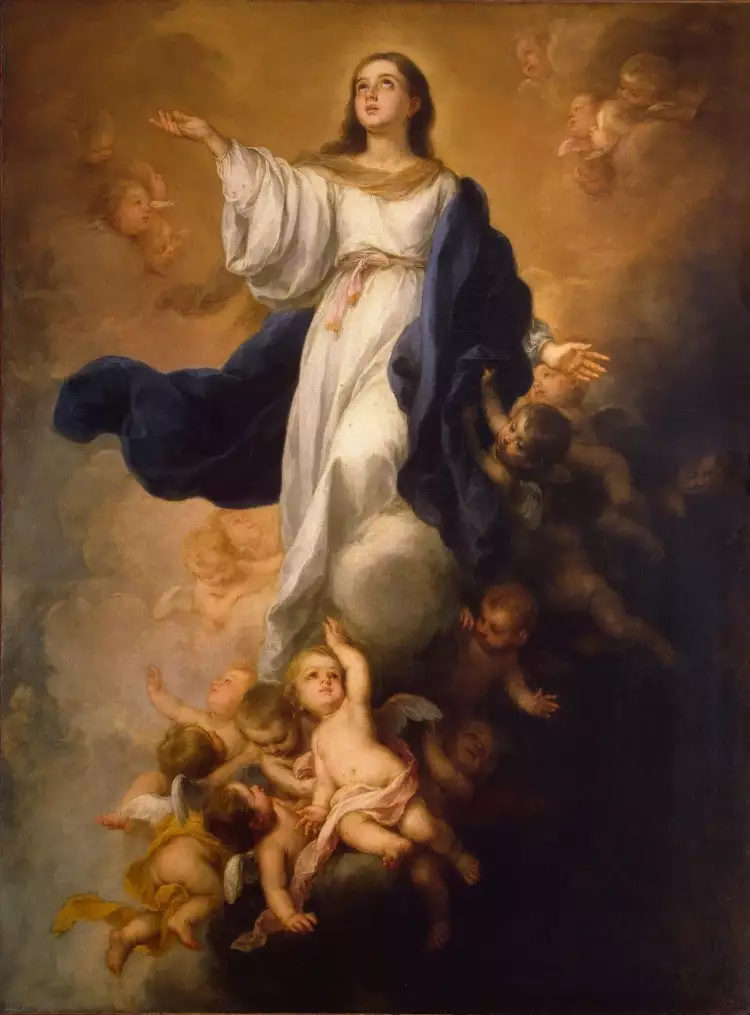 Baroque. Bartolomé Esteban Murillo. The Immaculate Conception of Los Venerables, circa 1678
Baroque. Bartolomé Esteban Murillo. The Immaculate Conception of Los Venerables, circa 1678
Images become emotional and dramatic, reflecting the context of the era. Art is invaded by passionate actions, contrasting with the Renaissance calm and rationality. Art gains the power of elements.
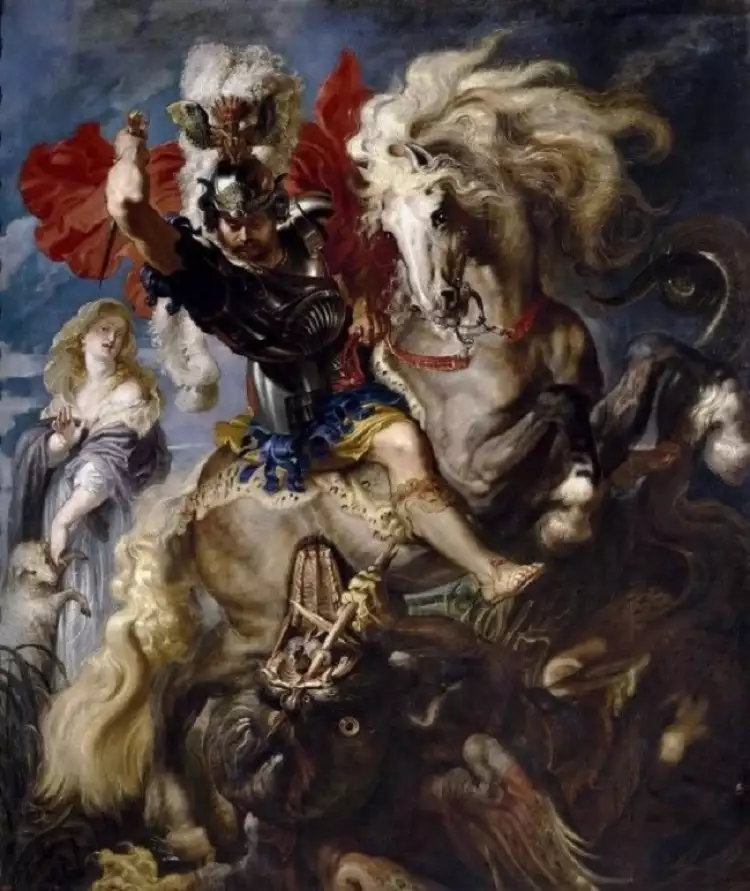 Baroque. Peter Paul Rubens. Saint George and the Dragon, 1605-1607
Baroque. Peter Paul Rubens. Saint George and the Dragon, 1605-1607
The palette in Baroque-era paintings also undergoes changes: masters choose intense color solutions, actively work with contrasts, and juxtapose light and shadow.
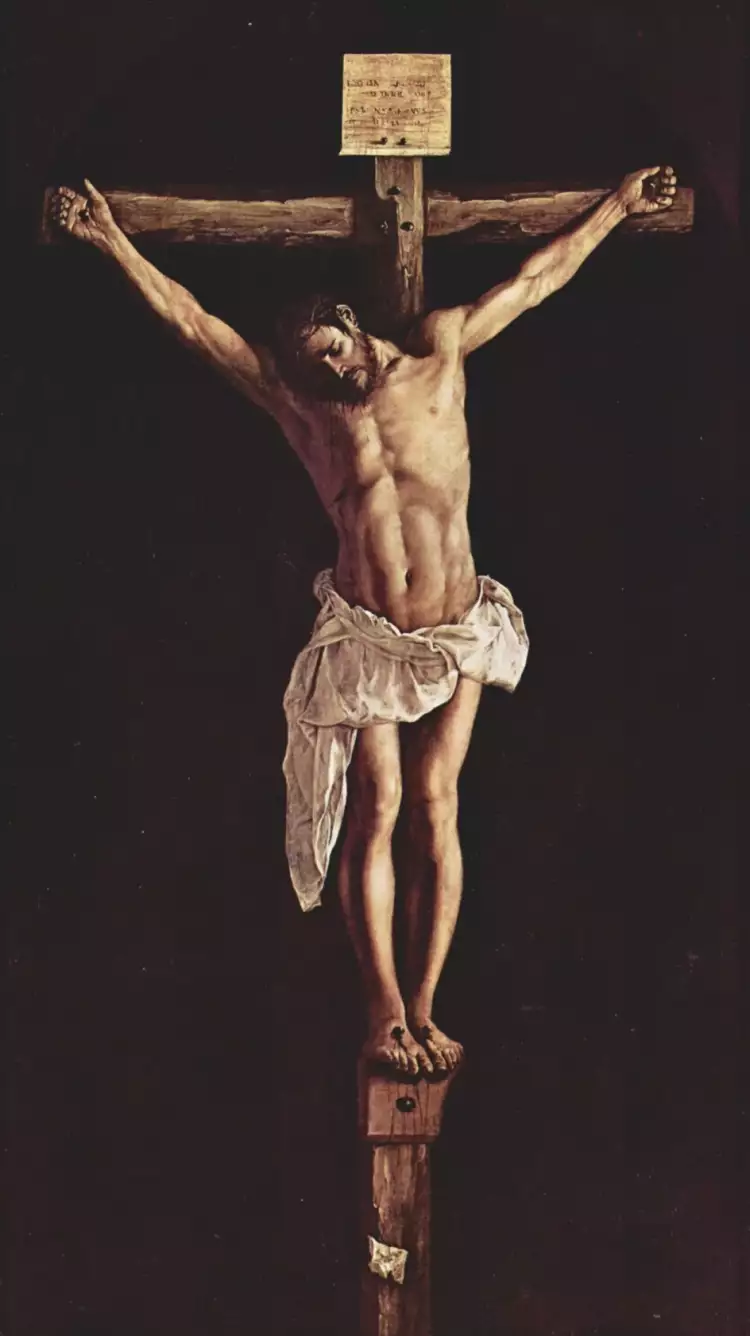 Baroque. Francisco de Zurbarán. Christ on the Cross, 1627
Baroque. Francisco de Zurbarán. Christ on the Cross, 1627
Compositions become dynamic, tense, and sometimes asymmetrical, unstable, and even chaotic.
 Baroque. Peter Paul Rubens. The Elevation of the Cross, 1610
Baroque. Peter Paul Rubens. The Elevation of the Cross, 1610
Allegories, symbols, and metaphors gain immense significance. Viewers are invited to participate in unraveling the mysteries of this complex, incomprehensible world.
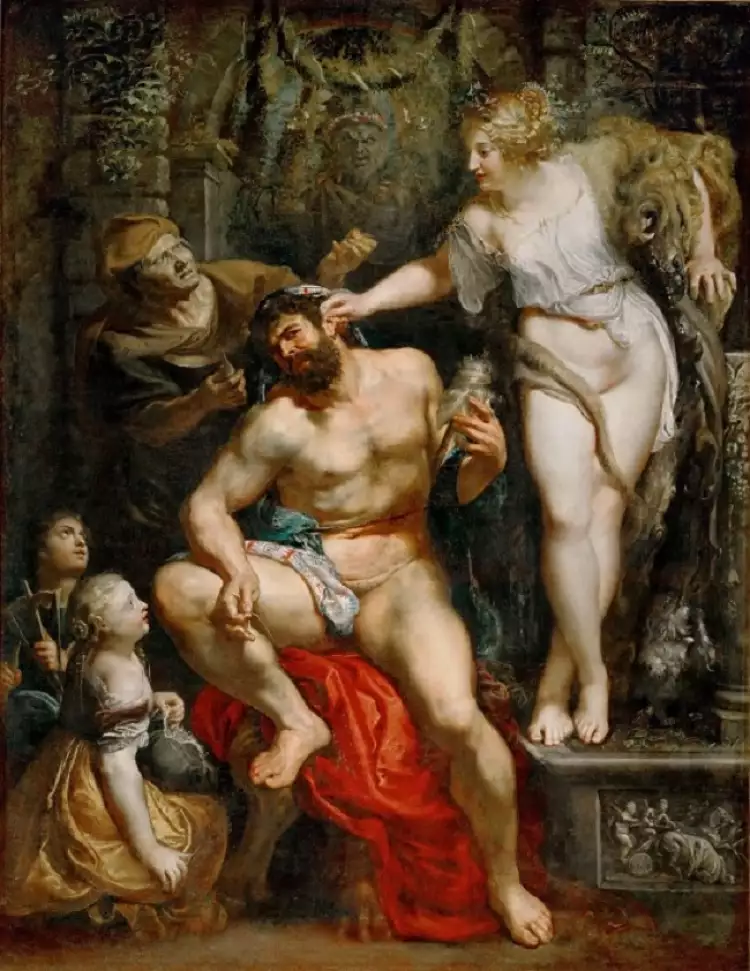 Baroque. Peter Paul Rubens. Hercules and Omphale, 1602-1605
Baroque. Peter Paul Rubens. Hercules and Omphale, 1602-1605
Illusion is often intertwined with reality, reflecting the notion of the illusory nature of the world as seen by humans. Mirrors frequently appear in paintings: on one hand, they speak to the idea that the world is not what we see, and on the other hand, they push towards the search for hidden meanings.
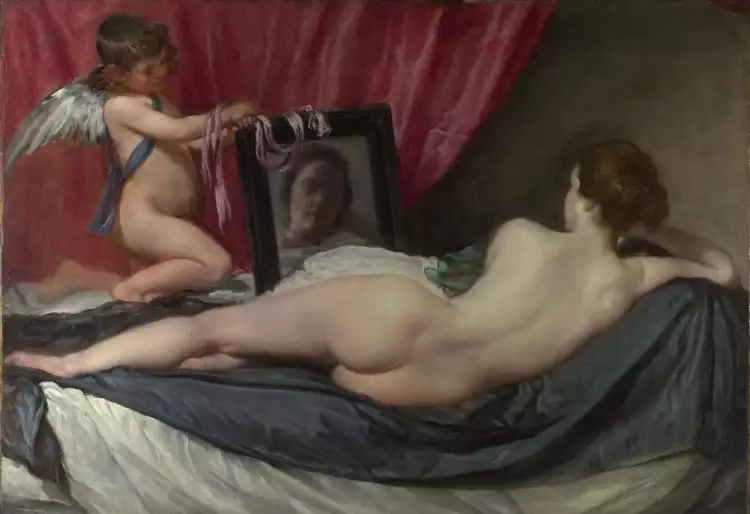 Baroque. Diego Velázquez. Rokeby Venus, 1647
Baroque. Diego Velázquez. Rokeby Venus, 1647
Affectation, picturesque grandeur, and dramatization fill the narratives in the Baroque style. Artists often delve into themes rich in strong emotions and tragic conflicts.
 Baroque. José de Ribera. Tityos, 1630
Baroque. José de Ribera. Tityos, 1630
For many painters, passion and emotion find expression through sensuality. For example, in Rubens' work, bodily vitality becomes dominant. This approach reflects a thirst for life that triumphs over the tragic complexity of existence.
 Baroque. Peter Paul Rubens. Bacchus, 1638-1640
Baroque. Peter Paul Rubens. Bacchus, 1638-1640
Conversely, the Baroque art is marked by the presence of sacredness and transcendence, at times expressed through the exaltation of images.
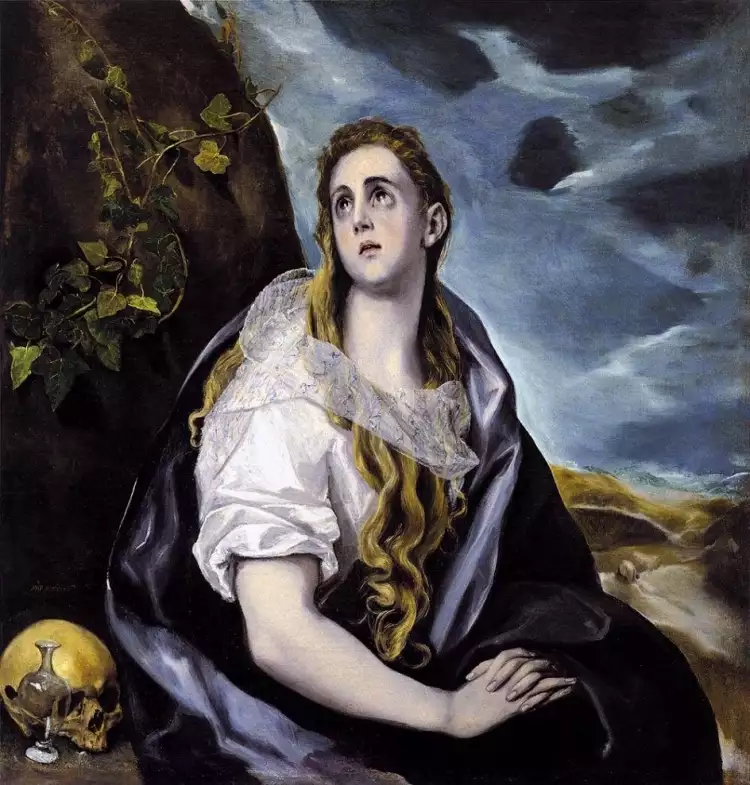 Baroque. El Greco. Penitent Magdalene, 1576-1578
Baroque. El Greco. Penitent Magdalene, 1576-1578
Another hallmark of the Baroque era is that painters are not afraid to depict the ugly and grotesque when necessary for realism, conveying emotions, and realizing ideas.
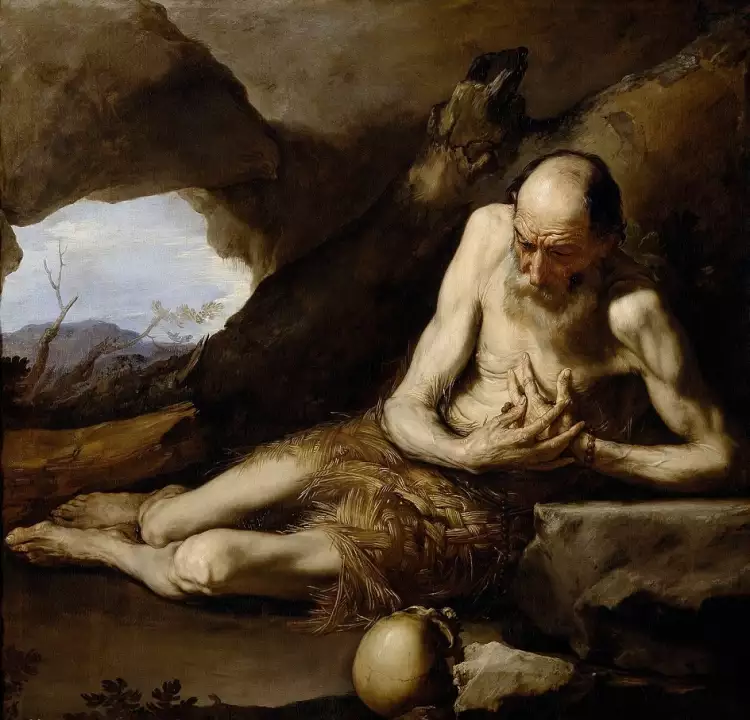 Baroque. Jose de Ribera. Paul of Thebes, 1640
Baroque. Jose de Ribera. Paul of Thebes, 1640
In summary, it can be stated that Baroque painting intensified the emotional element in art. The canvases of this era are characterized by dynamics, passion, and an exploration of strong emotions. The paintings are filled with life in its various manifestations, whether it's Rubens' sensual uncovered figures or Rembrandt's psychological tension.
The history of the emergence, flourishing, and decline of the Baroque
The Baroque era followed the Renaissance period. However, history and art are not merely sets of schemes, so it would be incorrect to imagine that in the 16th century, artists were still working in the Renaissance style and then suddenly, in the 17th century, started creating paintings and other artworks in a new manner. Baroque motifs can already be heard in the works of Late Renaissance masters like Titian and Tintoretto.
The transition stage between the Baroque and the Renaissance became Mannerism. Mannerist artists sought new forms of emotional expression, used various visual effects, and aimed to astonish viewers with sophisticated and elaborate presentations. However, Mannerism lacked the conceptual integrity and artistic maturity achieved by Baroque masters. Some researchers consider Mannerism a transitional style, while others place it within the early Baroque.
 Baroque. Pietro da Cortona. Virgin and Child with Saints
Baroque. Pietro da Cortona. Virgin and Child with Saints
The departure of Baroque aesthetics from the stage was not sudden either. In the 17th century, Classicism emerged as an antithesis to the Baroque. These two styles coexisted for a considerable period of time.
Fading away, the Baroque handed over the baton to the graceful Rococo—a lighter version, one might say, devoid of drama and proclaiming the dominance of sensual carefreeness.
The Multifaceted Nature of Baroque
The Baroque style was heterogeneous. Looking at the works of Rembrandt Harmensz van Rijn and, for example, Philippe de Champaigne, it's challenging to immediately find common traits.
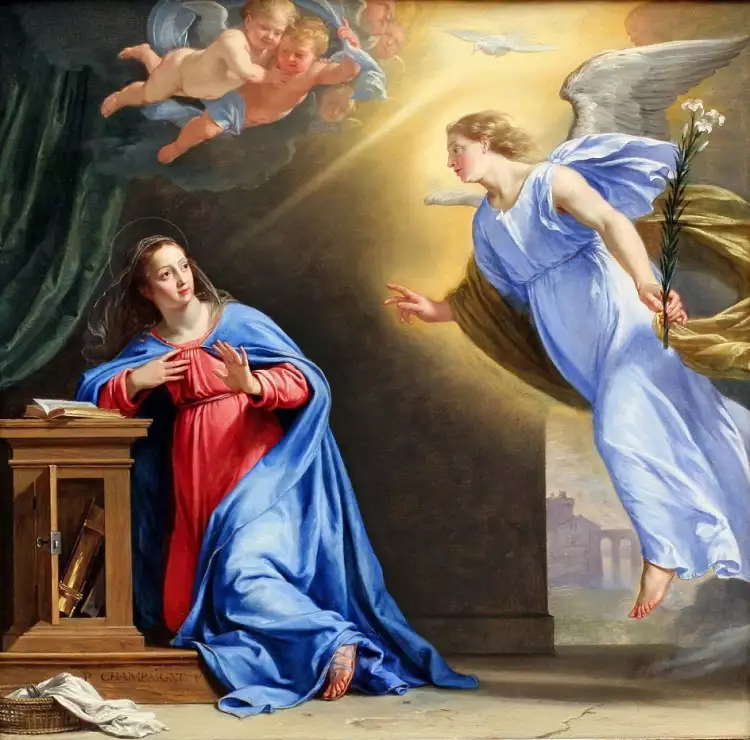 Baroque. Philippe de Champaigne. Annunciation, 1644
Baroque. Philippe de Champaigne. Annunciation, 1644
Some Baroque directions were very distinct:
- The style of Caravaggio, with its realism, is more appropriately considered an independent style belonging to the Baroque era, imbued with its sentiments yet possessing artistic originality.
- In France during the absolutist period, Baroque classicism became widespread, most notably expressed in ceremonial portraits of the nobility.
- In 17th-century Spain, it became the "Golden Age" of painting. Spanish masters were characterized by a strict, at times even severe and tragic artistic language. Their works are easily recognizable.
- In Northern Europe, the so-called Flemish Baroque flourished, giving the world artists like Rubens and Rembrandt.
 Baroque. Rembrandt. An Old Man in Red, 1654
Baroque. Rembrandt. An Old Man in Red, 1654
The most famous Baroque artists
The Italian school in the 17th and 18th centuries lost its leading positions. Aside from the exceptional Caravaggio (Michelangelo Merisi da Caravaggio), Italian painting barely produced globally renowned names during this period. Nonetheless, it's worth mentioning a constellation of masters without whom European art would undoubtedly be poorer:
- The Bolognese academic school led by Annibale Carracci and Guido Reni.
- Allegorical paintings on mythological themes by Giovanni Battista Tiepolo, the Carracci brothers Agostino and Lodovico Carracci.
- The grandiose theatrical paintings of Pietro da Cortona.
- The Baroque illusionism of Andrea Pozzo, who created astonishing ceilings for temples.
- Vedute, or urban landscapes by Venetians Canaletto, Bernardo Bellotto, and Francesco Lazzaro Guardi.
- Artemisia Gentileschi, an outstanding representative of Florentine academic painting, who painted the famous canvas "Lucretia."
- Allegorical parable paintings by Domenico Fetti.
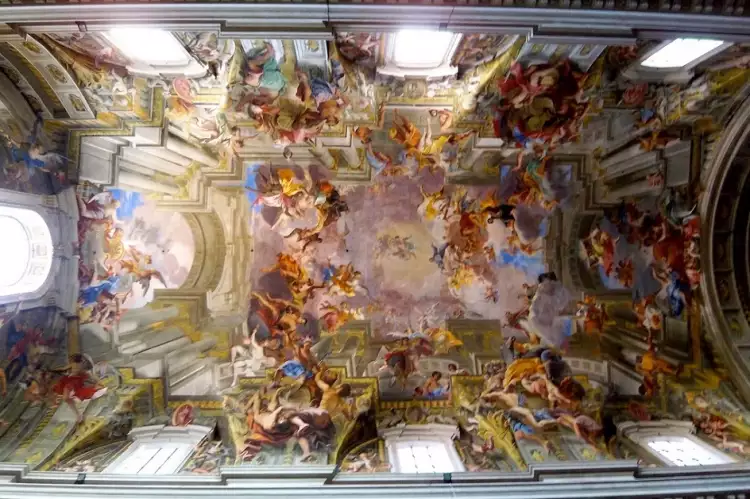 Baroque. Andrea Pozzo. The vaulted ceiling of Saint-Ignace church, 1685-1699
Baroque. Andrea Pozzo. The vaulted ceiling of Saint-Ignace church, 1685-1699
Overall, artistic leadership during the Baroque era shifted from the Apennine Peninsula to the Pyrenees and to the European North—Flanders and Holland.
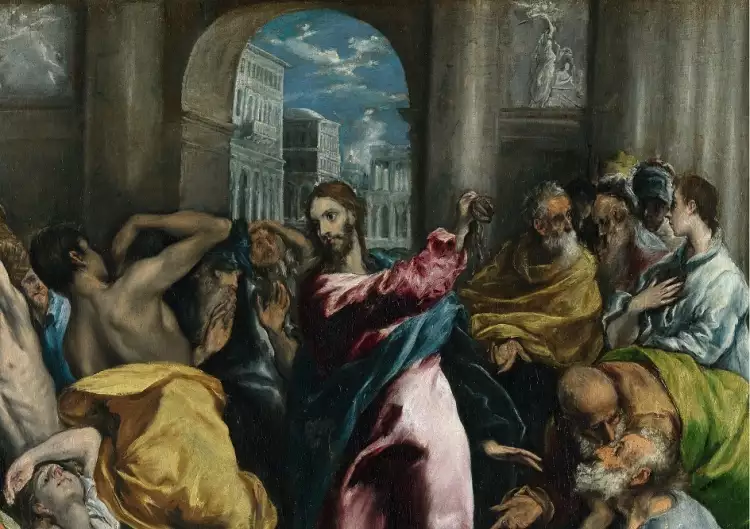 Baroque. El Greco. Christ Driving the Money Changers from the Temple, 1600
Baroque. El Greco. Christ Driving the Money Changers from the Temple, 1600
In 17th-century Spain, painting experienced a powerful resurgence. Prominent painters during this time included:
- The distinctive El Greco, who defied all norms.
- Francisco de Zurbarán, who combined realism with mysticism.
- José de Ribera, whose paintings are filled with tragic inner strength.
- The remarkable colorist Bartolomé Esteban Murillo.
- The famous "psychologist-artist," character master Diego Rodríguez de Silva y Velázquez, who declared that it's better to be the first in portraying ugliness than the second in reflecting beauty.
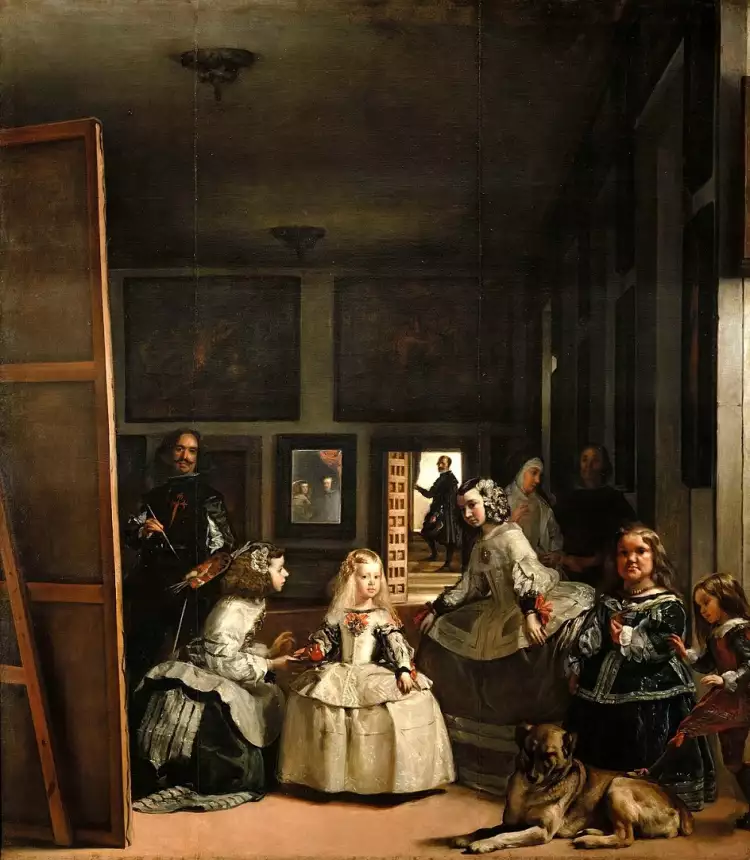 Baroque. Diego Velázquez. Las Meninas, 1656
Baroque. Diego Velázquez. Las Meninas, 1656
The other pole of Baroque painting was Northern Europe, where their own Golden Age emerged. Flanders saw the rise of sensuously opulent Baroque. The leader of the Flemish was Pieter Paul Rubens, whose paintings brim with life-affirming power and astonish with expressive allegory.
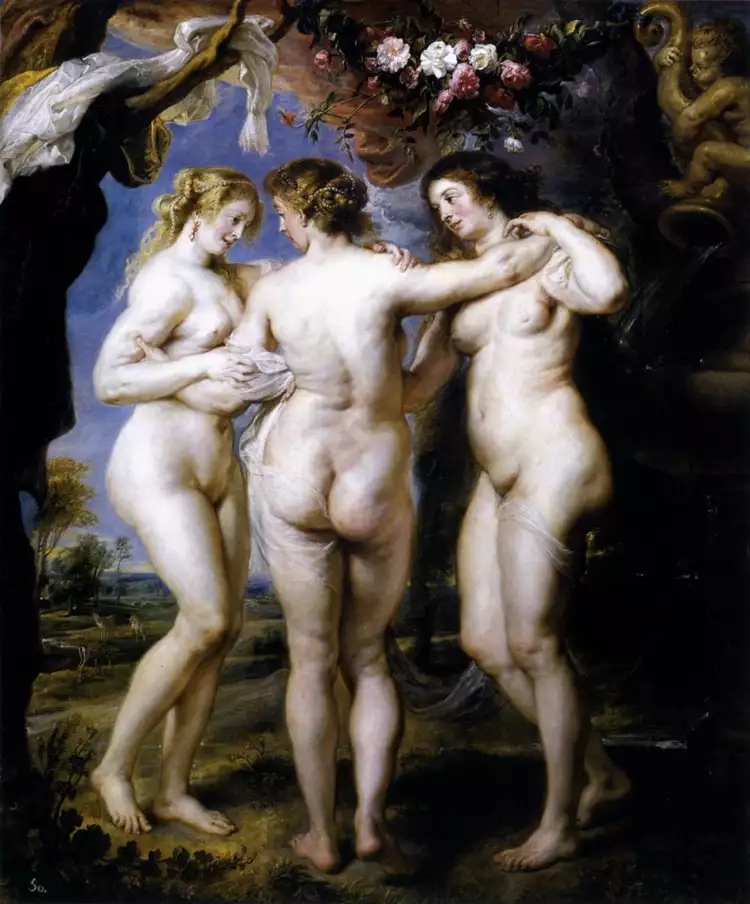 Baroque. Peter Paul Rubens. The Three Graces, 1630-1635
Baroque. Peter Paul Rubens. The Three Graces, 1630-1635
Among the Flemish greats are also Antoon van Dyck, Frans Snyders, and Jacob Jordaens.
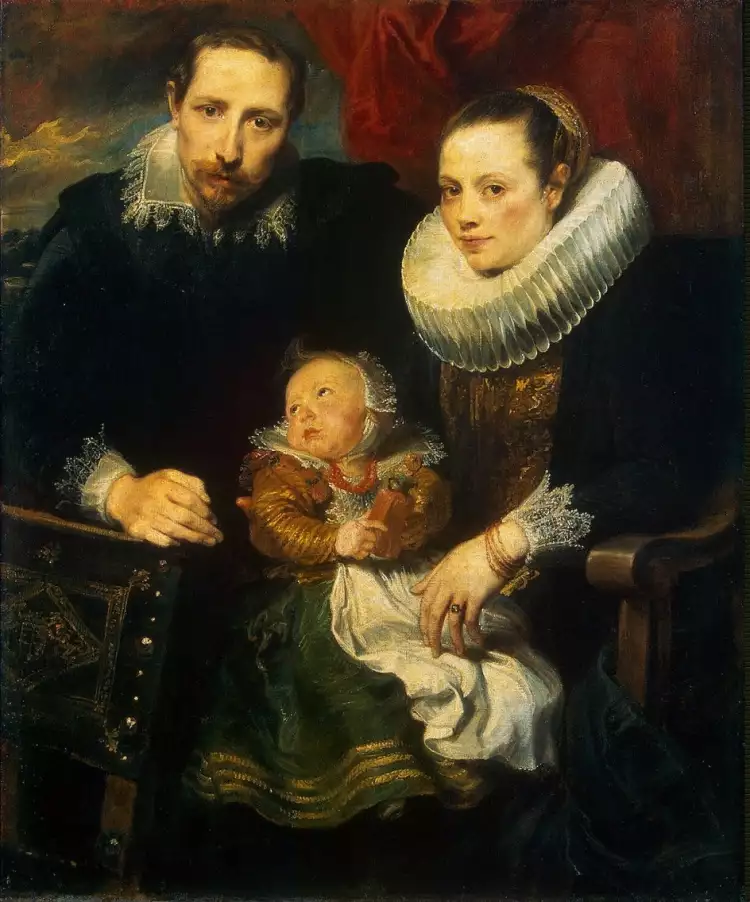 Baroque. Anthony van Dyck. Family portrait, 1621
Baroque. Anthony van Dyck. Family portrait, 1621
In Holland, as mentioned before, Baroque was more restrained in form but deep in content conflicts. The works of Jan Vermeer van Delft and Frans Hals gained significant recognition.
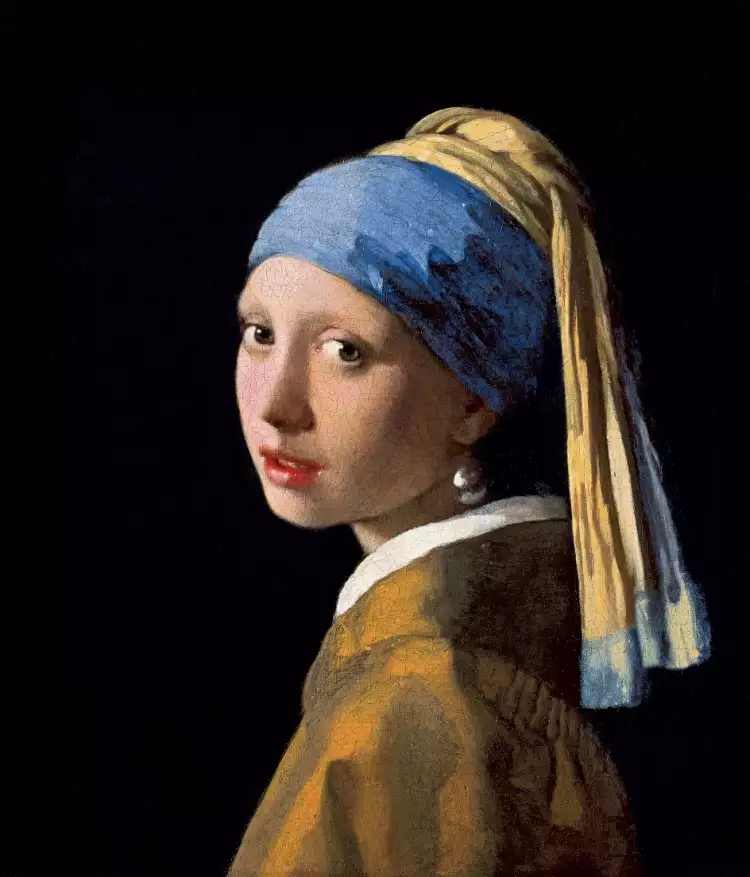 Baroque. Johannes Vermeer. Girl with a Pearl Earring, 1665
Baroque. Johannes Vermeer. Girl with a Pearl Earring, 1665
However, it was Rembrandt Harmenszoon van Rijn who embodied the spiritual power of eternal themes in painting, where human emotions reach their peak.
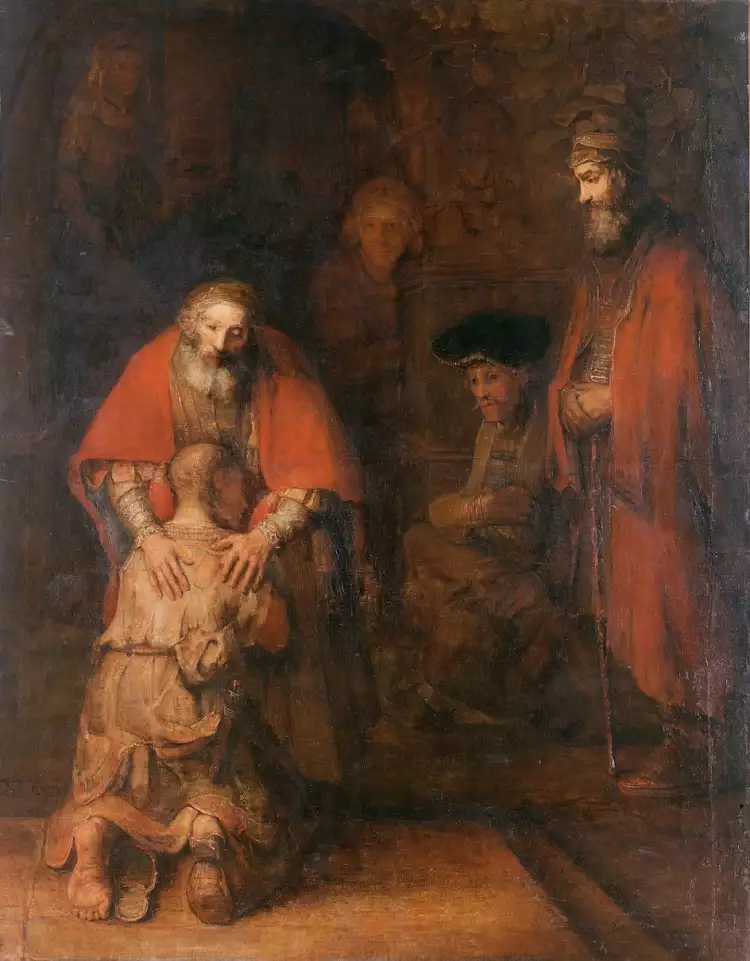 Baroque. Rembrandt. The Return of the Prodigal Son, 1663-1669
Baroque. Rembrandt. The Return of the Prodigal Son, 1663-1669
The masterpieces of these painters adorn the finest museums worldwide. Yet, the works of their colleagues of the second and third tiers are also highly valued. It's a profitable investment—investing in timeless values. Paintings by old masters on the VeryImportantLot website are always highly sought after. Depending on the author's renown, the auction prices for these works start from several thousand euros. Explore numerous photos of Baroque-era antiques on the portal's search engine, acquaint yourself with auction prices for paintings, furniture, and interior items.
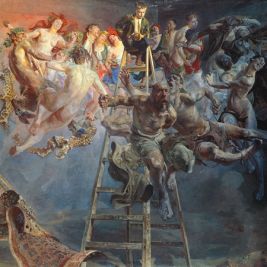 Symbolism: the essence of the term, history in painting, distinctive features, famous symbolists
Symbolism: the essence of the term, history in painting, distinctive features, famous symbolists 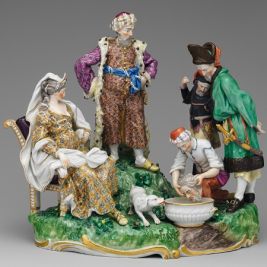 Frankenthal Porcelain: a rarity worthy of museum collections
Frankenthal Porcelain: a rarity worthy of museum collections 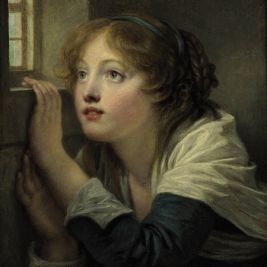 Sentimentalism in Painting: Heartfelt Emotions and Sensitive Subjects
Sentimentalism in Painting: Heartfelt Emotions and Sensitive Subjects 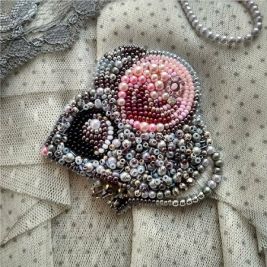 Application is a technique of decorative and applied art: essence, types, history
Application is a technique of decorative and applied art: essence, types, history 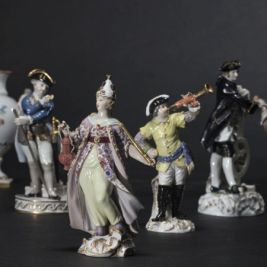 Online auction at HERMANN HISTORICA 8-13 July 2024: Kunst, Antiquitäten & Antiken
Online auction at HERMANN HISTORICA 8-13 July 2024: Kunst, Antiquitäten & Antiken  The painting "The Burning of the Houses of Lords and Commons" by William Turner is a dramatic depiction of a historical event
The painting "The Burning of the Houses of Lords and Commons" by William Turner is a dramatic depiction of a historical event 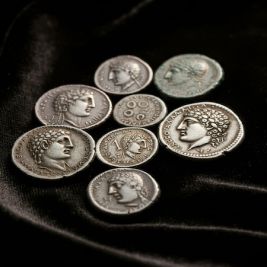 Ancient Greek Coins: A Growing Fascination with History in Your Hand
Ancient Greek Coins: A Growing Fascination with History in Your Hand 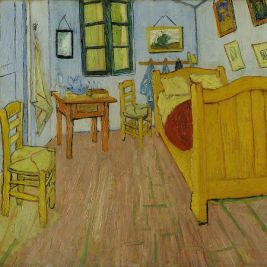 The paintings "Bedroom in Arles" by Vincent van Gogh are iconic works of a brilliant master
The paintings "Bedroom in Arles" by Vincent van Gogh are iconic works of a brilliant master 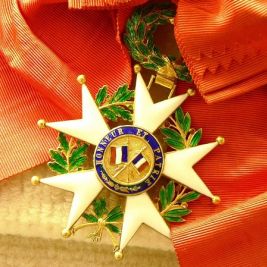 Phaleristics is a young scientific discipline about antique awards
Phaleristics is a young scientific discipline about antique awards  Birmingham silver - the beauty and elegance of small forms
Birmingham silver - the beauty and elegance of small forms